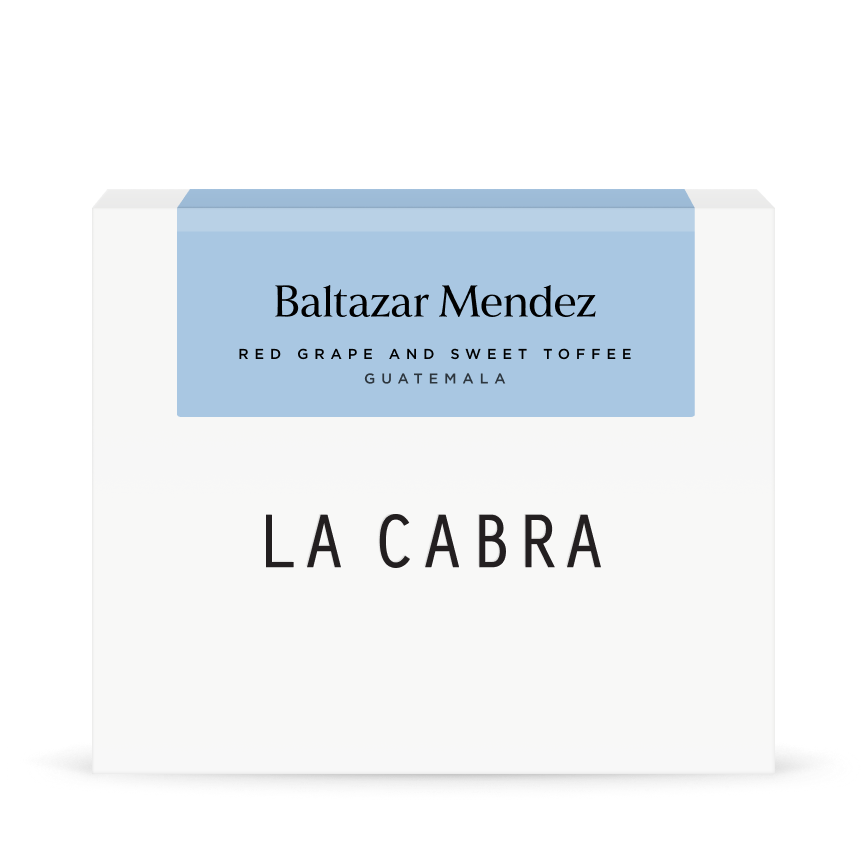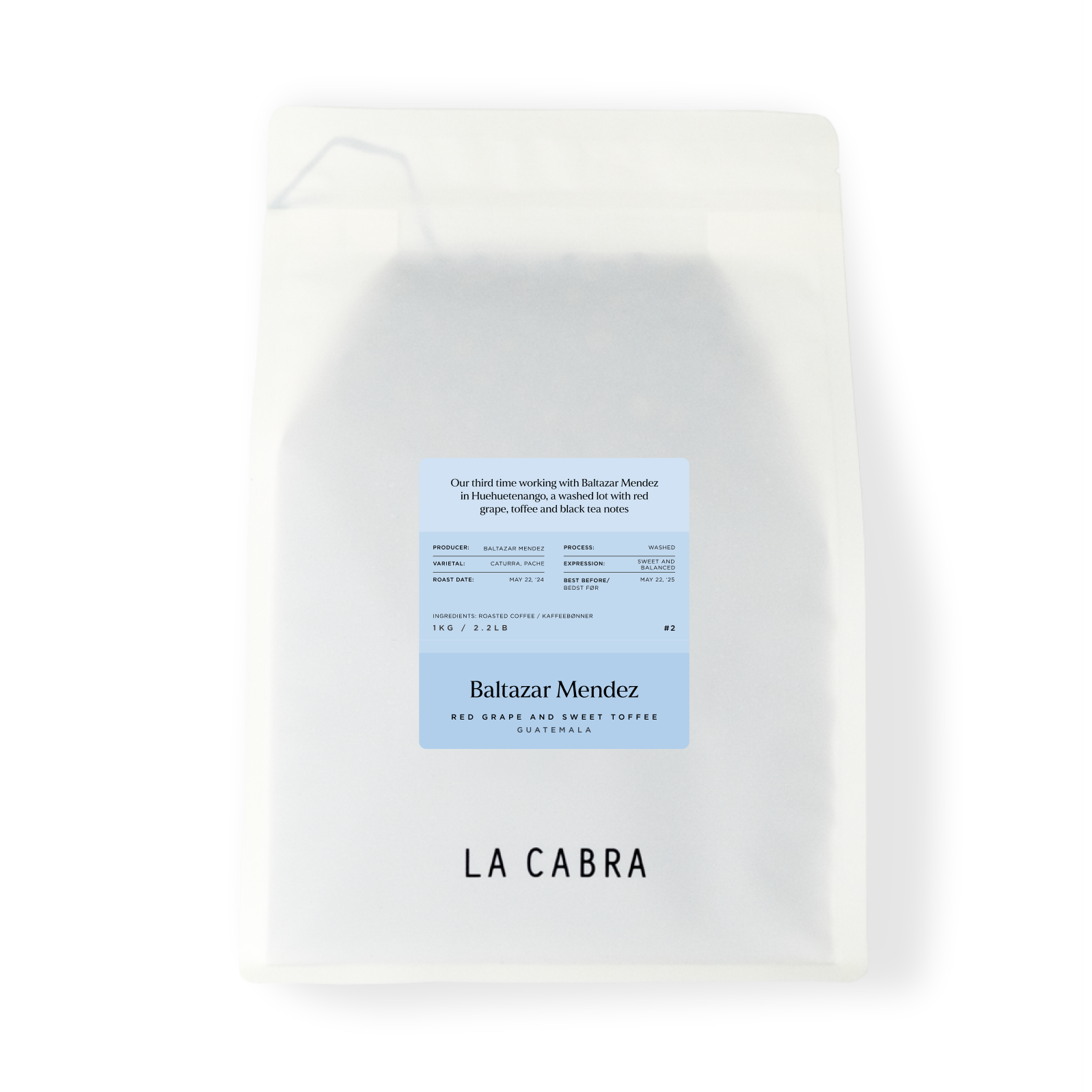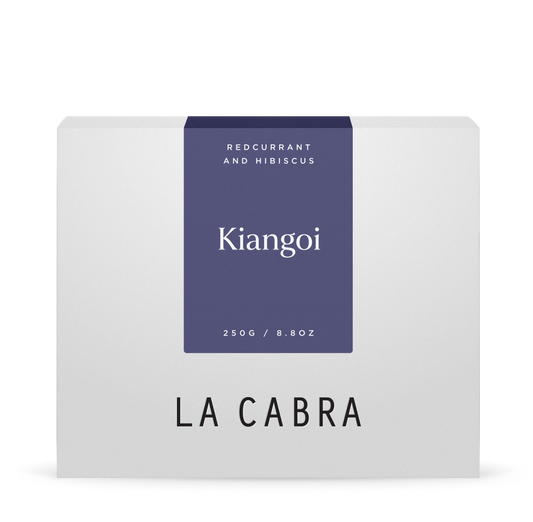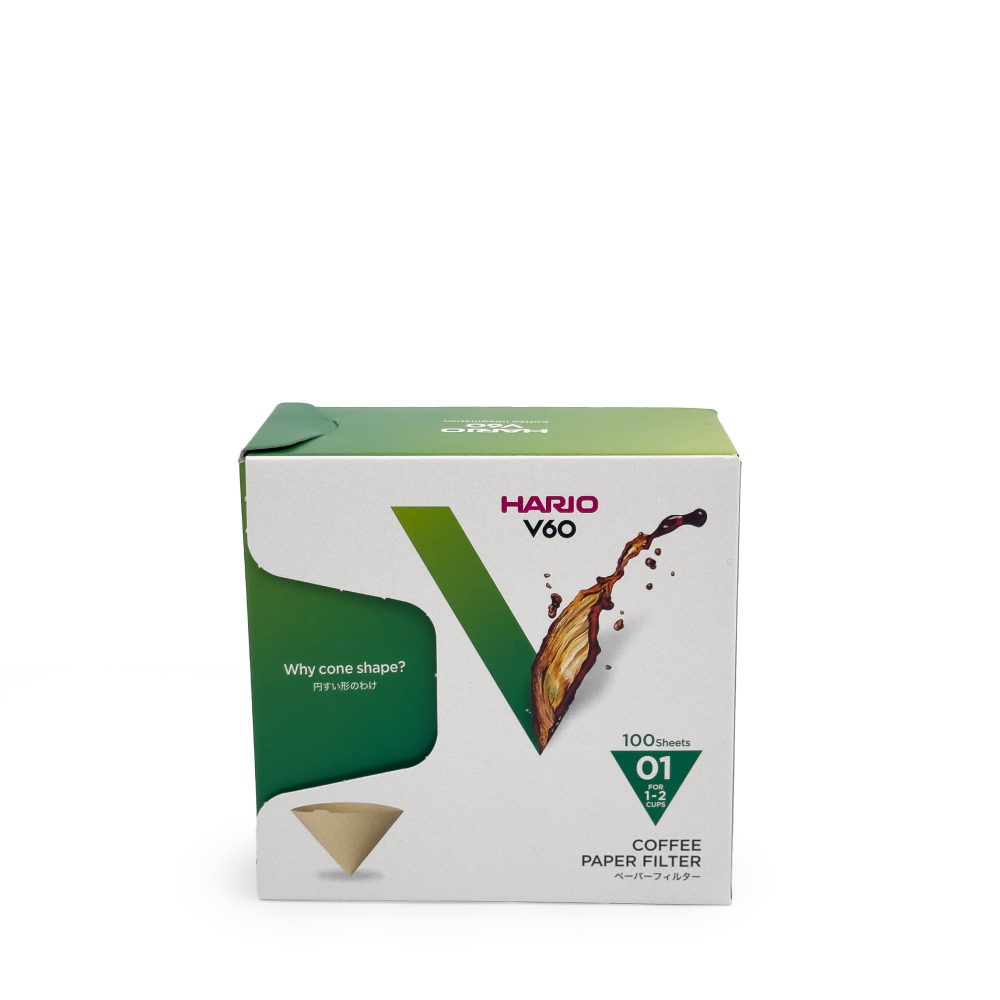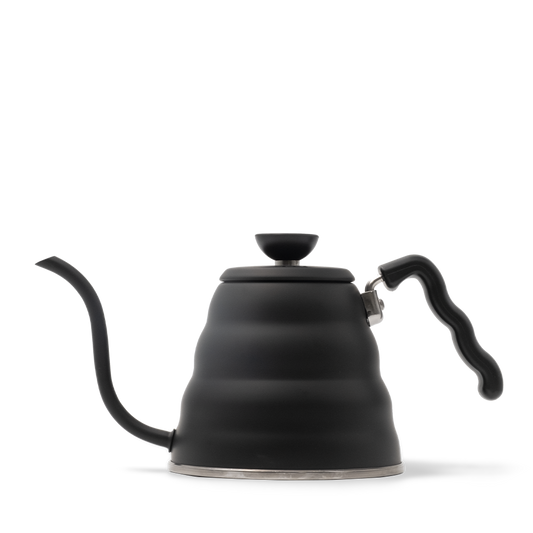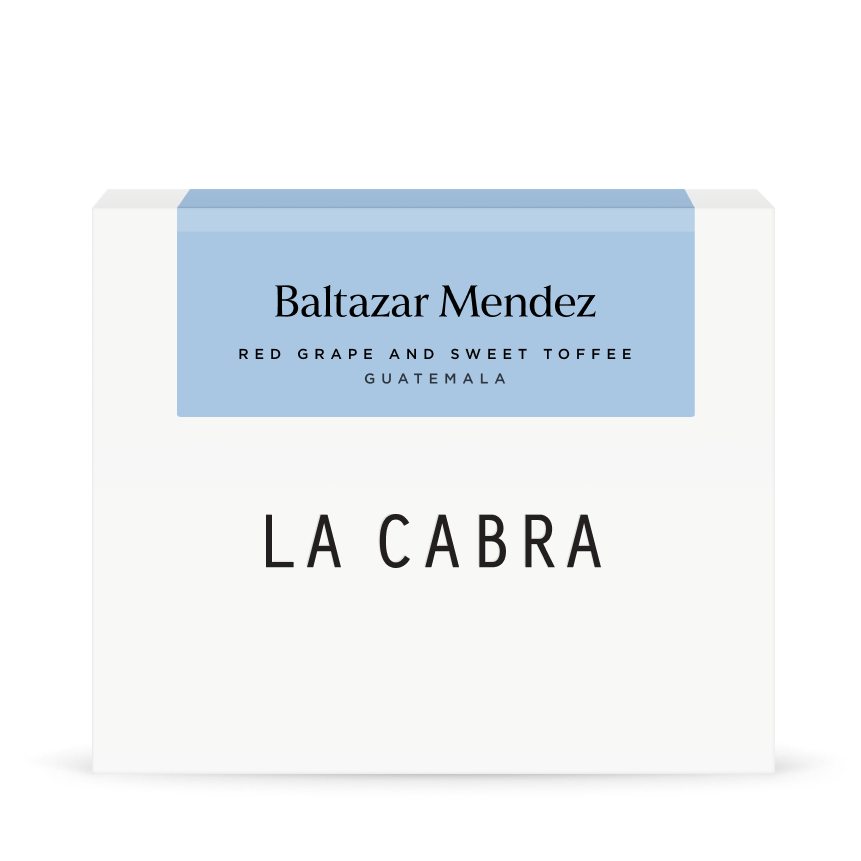

Baltazar Mendez
A long drive up into the mountains from Concepción Huista, one of the larger towns in the area, lies Baltazar Mendez’s farm. Here in the Huista micro-region, the landscape is dominated by very small-scale farms and the Mendez family farm is no different, at only 1.1 hectares. Growing and selling coffee provides the main income for the family, like many others in this remote and agriculturally dependent region. They have named the farm Q’antxabina’, the local dialect word for the Guachipilin tree, which provides much of the shade on the farm.
-2-v1726235489656.jpg?1200x800)
Just a few years ago, Baltazar settled back in Guatemala to start farming with his family, after years as a migrant worker in the US. He sought out the Primavera program in the Huista area, gaining vital knowledge in order to increase and stabilise his income from coffee. Like many rural farmers, Baltazar is motivated to earn more in order to give his children better opportunities than he had.
-copy-v1726235468254.jpg?900x649)
The family do all of the farm work themselves, transporting baskets of cherry back to their small mill on horseback. Here, they are de-pulped directly and fermented in tanks until the mucilage is broken down. The conditions high in the tropical Guatemalan highlands, characterised by high humidity and cool temperatures, lead to a long, slow fermentation of around 40 hours.
This leads to a crisp and complex expression in Baltazar’s coffee, with notes of red grape balanced by a rich toffee-like sweetness, before a black tea finish.
-v1726235453067.jpg?900x1125)
Huehuetenango
Huehuetenango is located in the north-western highlands of Guatemala, and borders with Mexico. It is home to the highest altitudes in all of Central America, due to the presence of the Sierra de los Cuchumatanes mountain range, which peaks at 3837 masl. This creates lots of high altitude land to grow high-quality coffee, an important crop in an area where agriculture is the largest industry. A dry hot wind also blows in from the Tehuantepec plain in Mexico to the north, which protects crops from frost, allowing coffee to grow even higher up the slopes, often above 2000 masl.
These high altitudes also lead to very beautiful scenery, something the area is known for, but also to a remoteness not found elsewhere in Guatemala. 9 different ancient Mayan dialects are still spoken here, and the region is home to some of the best preserved examples of Mayan architecture. The remoteness also makes sourcing coffee a challenge here, the journey to farms often takes days over unforgiving terrain, and would-be coffee buyers require knowledge of the local dialects, or an experienced guide. We have visited and worked with our Guatemalan partners at Primavera for the past eight years, and have been stunned by the beauty of both the coffees they have been sourcing, and of this captivating region.
-v1726235478019.jpg?900x1125)


